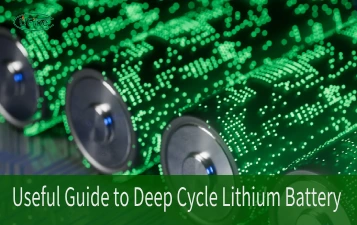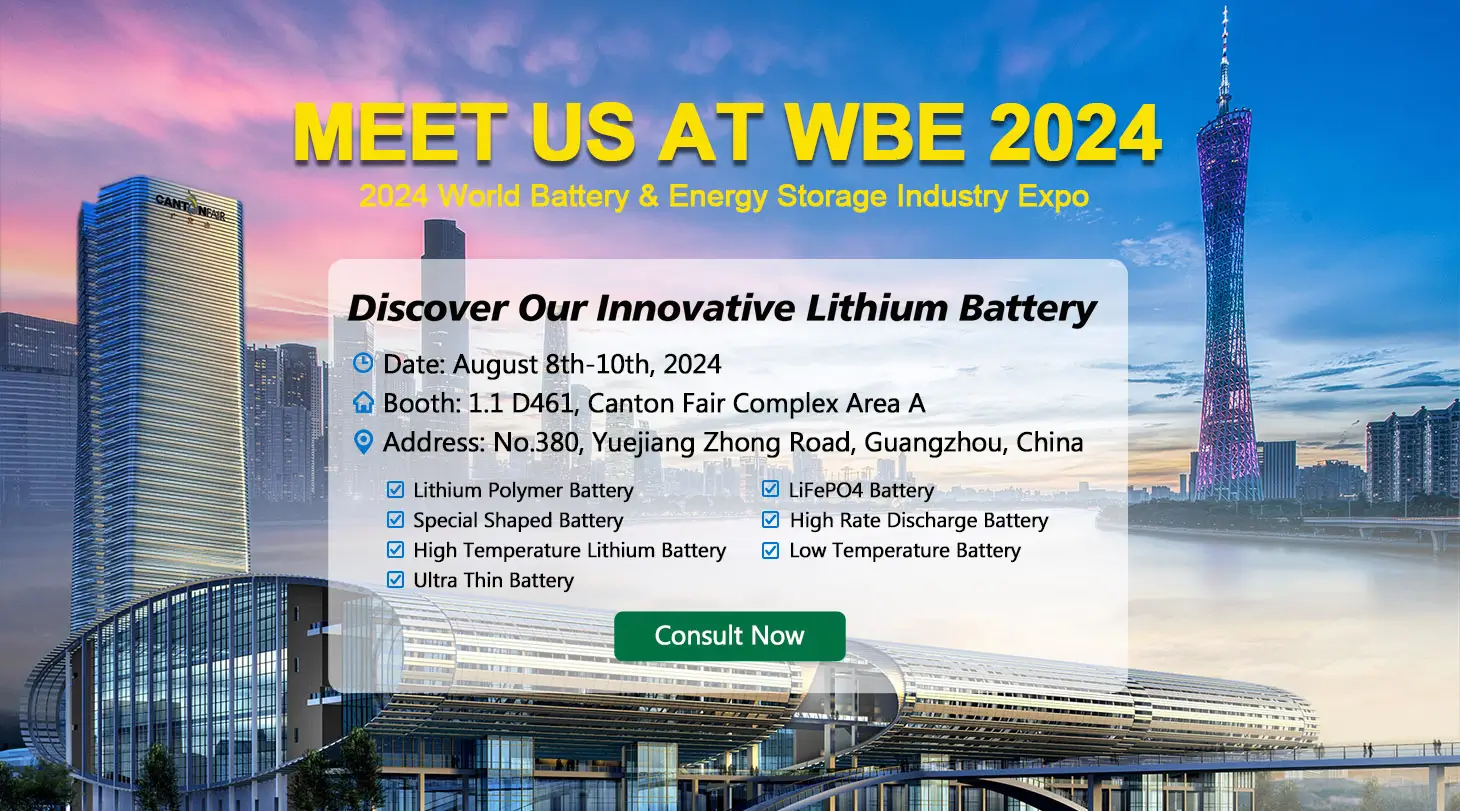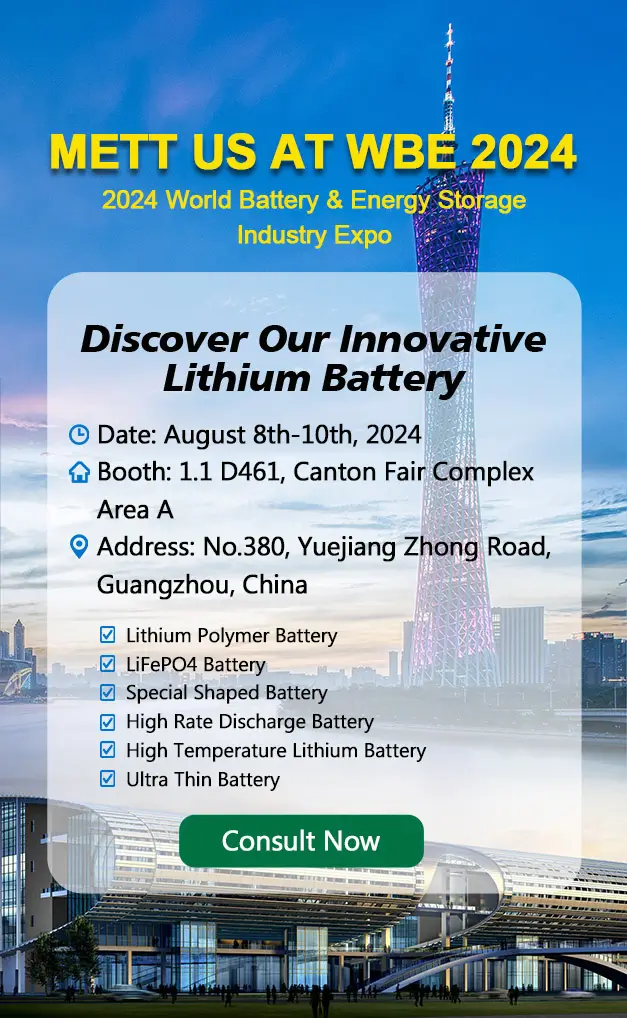How to Charge 18650 Battery? This comprehensive guide delves into efficient and safe charging methods, optimal charger selection, and strategies to maximize safety and longevity for your lithium-ion powerhouses. Explore fundamental principles for effective charging practices and unlock the full potential of your 18650 batteries.
Part 1. 18650 Battery charging principle
The charging principles for 18650 batteries are rooted in the unique characteristics of lithium-ion chemistry. These batteries necessitate a two-stage approach: an initial constant current phase, followed by a constant voltage phase, ensuring a controlled and efficient charging process. To prevent overcharging and damage, built-in protection circuits or advanced chargers monitor voltage thresholds. Temperature management is crucial, with charging systems designed to operate within specific temperature ranges to maintain battery health and safety.
Part 2. 18650 Battery charging process
High voltage charging
High voltage charging involves initiating the charging process with a relatively higher voltage than the battery’s nominal voltage. For instance, a lithium-ion 18650 battery with a nominal voltage of 3.7V might undergo high voltage charging at around 4.2V. This method accelerates the initial charging phase, enabling a rapid charge. However, it requires precise monitoring to prevent overcharging, which could lead to safety risks and reduced battery lifespan. For example, a high voltage charging process for an 18650 battery might involve charging it at 1C (where C represents the battery’s capacity) until the voltage reaches 4.2V, followed by a gradual tapering off of current.
Constant voltage charging
In constant voltage charging, once the battery reaches its set voltage limit (usually around 4.2V for 18650 batteries), the charger maintains a constant voltage while allowing the current to taper down. This prevents overcharging by providing a steady, controlled voltage to the battery. For instance, after reaching the 4.2V threshold, the charger might switch to a maintenance phase where the voltage remains constant, but the current decreases to a minimal level.
Constant current charge
Constant current charging involves supplying a consistent current to the battery until it reaches a specific voltage threshold. For example, an 18650 battery might be charged at a constant 1A until it reaches the 4.2V mark. This method is efficient but requires careful monitoring to prevent overcharging, especially in higher-capacity batteries.
Smart charging
Smart charging integrates advanced algorithms and technology to optimize the charging process based on various factors like battery temperature, voltage, and state of charge. For instance, a smart charger for 18650 batteries might adjust the charging current and voltage dynamically based on real-time feedback from the battery, ensuring an optimal and safe charging profile.
Fast charging vs. slow charging
Fast charging delivers a higher current to the battery, allowing for quicker replenishment of charge. For instance, a fast charger might deliver a current higher than 1C, enabling faster charge times. However, this can generate more heat, impacting long-term battery health. In contrast, slow charging involves lower currents, reducing heat generation and stress on the battery, which can prolong its lifespan. Balancing between fast and slow charging depends on the user’s priorities – speed or battery longevity.
Part 3. How to choose the 18650 battery charger?
Selecting the right charger for your 18650 batteries involves considering various factors to ensure optimal performance and safety:
Compatibility with battery types
An essential factor is the charger’s compatibility with different 18650 battery chemistries. For instance, the Efest LUC Blu6 charger accommodates lithium-ion, nickel-metal hydride (NiMH), and nickel-cadmium (NiCd) 18650 batteries, providing versatility across multiple devices.
Charging speed and current
Consider the charger’s charging speed and current output, especially if you prioritize faster charging. The XTAR VC4S Charger offers up to 3A charging per slot, allowing for quicker charge times for high-capacity 18650 batteries used in power tools or vaping devices.
Safety features
Look for chargers with built-in safety mechanisms like overcharge protection, reverse polarity detection, and temperature monitoring. The Nitecore SC2 Charger exemplifies this, ensuring safe and controlled charging for 18650 batteries used in flashlights or electronic devices.
Portability and convenience
For users on the move, portability matters. Chargers like the Xtar MC1 Plus provide compact and portable solutions, fitting into pockets or bags, making them ideal for travelers or outdoor enthusiasts relying on 18650-powered equipment like headlamps or portable fans.
User Interface and monitoring
Chargers equipped with intuitive user interfaces and informative displays offer enhanced user experience. The Opus BT-C3100 Charger, with its LCD screen displaying real-time charging data, allows users to monitor each 18650 battery individually, catering to meticulous users requiring precise monitoring.
Part 4. Types of 18650 battery charger
Smart chargers
Smart chargers are equipped with advanced technology that automatically detects and adjusts charging parameters based on the specific requirements of different 18650 batteries. For instance, the Nitecore SC4 charger is compatible with various 18650 battery types, including lithium-ion, nickel-metal hydride (NiMH), and nickel-cadmium (NiCd). Its intelligent charging system adapts to the chemistry and condition of the battery being charged, optimizing the charging process for each type.
Multi-bay chargers
Multi-bay chargers cater to users with multiple devices powered by 18650 batteries. The Efest LUC V4 charger, with its ability to charge up to four batteries simultaneously, accommodates various 18650 types such as high-drain IMR batteries used in vaping devices or high-capacity cells for flashlights. Its independent charging channels allow users to mix different types and sizes of 18650 batteries.
Portable USB chargers
Portable USB chargers offer convenient charging options for 18650 batteries on the go. An example is the EBL 18650 Battery Charger, designed for various 18650 battery types commonly found in flashlights, headlamps, and other portable devices. Its USB compatibility allows charging from power banks or laptop ports, catering to users needing flexibility and mobility.
High-speed chargers
High-speed chargers prioritize rapid charging without compromising safety. The XTAR Dragon VP4 Plus Charger exemplifies this category, supporting various 18650 battery types, including high-capacity cells used in power tools or electric vehicles. Its high-speed charging capability and compatibility with different 18650 variants make it ideal for users seeking quick and efficient charging solutions.
Part 5. FAQs
-
Do 18650 batteries need a special charger?
Using a charger specifically designed for 18650 batteries is recommended. Specialized chargers are designed to handle the voltage and charging characteristics of lithium-ion batteries like the 18650s, ensuring safe and efficient charging. -
Can you charge 18650 batteries with USB?
Yes, you can charge 18650 batteries with a USB charger if it is designed for lithium-ion batteries and has the appropriate voltage and current ratings. However, it’s crucial to use a charger that matches the specifications of the battery to prevent damage. -
How to charge 18650 battery without charger?
Charging an 18650 battery without a dedicated charger can be risky. It’s recommended to use a proper charger to avoid overcharging, overheating, or other safety issues. Attempting to charge without a suitable charger can lead to damage or failure. -
How long to charge 18650 battery?
The charging time for an 18650 battery depends on its capacity and the charging current provided by the charger. As a general guideline, a standard charging rate is often around 0.5C, meaning it takes around 2 hours to charge a battery from empty to full. -
Can i charge an 18650 battery with an AA charger?
Charging an 18650 battery with an AA charger is not recommended unless the charger is explicitly designed to handle lithium-ion batteries. Mismatched charging can lead to overcharging or inadequate charging, posing safety risks.
Related Tags:
More Articles

Overview of Deep Cycle Lithium Battery
In this article, we explore the life, voltage, capacity, and charging considerations of deep cycle lithium batteries.
How Long do Lithium Batteries Last?
How long do lithium batteries last? we will explore the factors that influence the lifespan of lithium batteries and provide insights into their longevity.
How to Choose the Best LiFePO4 Battery?
Choose LiFePO4 batteries for superior performance, safety, and versatility in EVs, UPS, and backup power. This guide helps you make informed decisions.
Get 12v Lithium Car Battery As a Power Source for the Ride
Make the right choice for your vehicle's battery needs by installing a 12 volt lithium car battery. You will enjoy maintenance-free longevity with this change.
Everything About A Small Lithium Ion Battery
Discover the features, uses & future potential of a small lithium ion battery. A compact and tiny powerhouse ideal for smartphones, wearables, drones & more.





